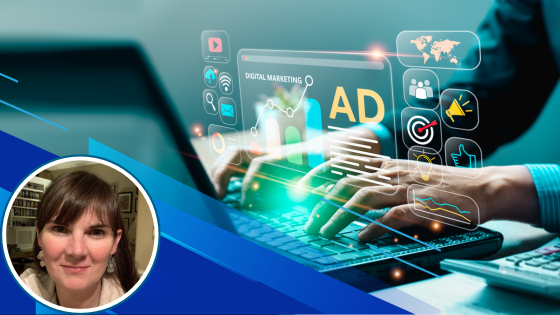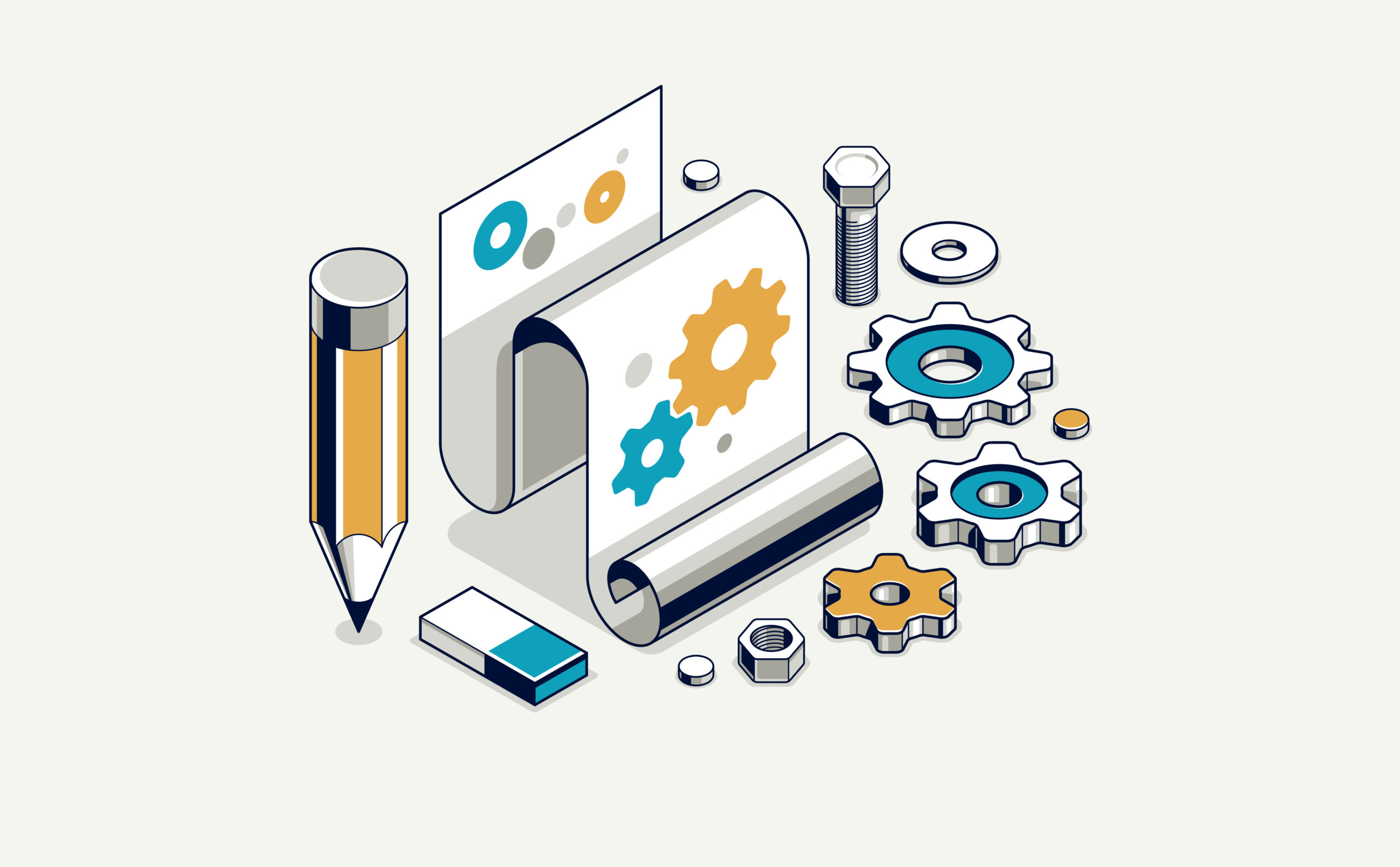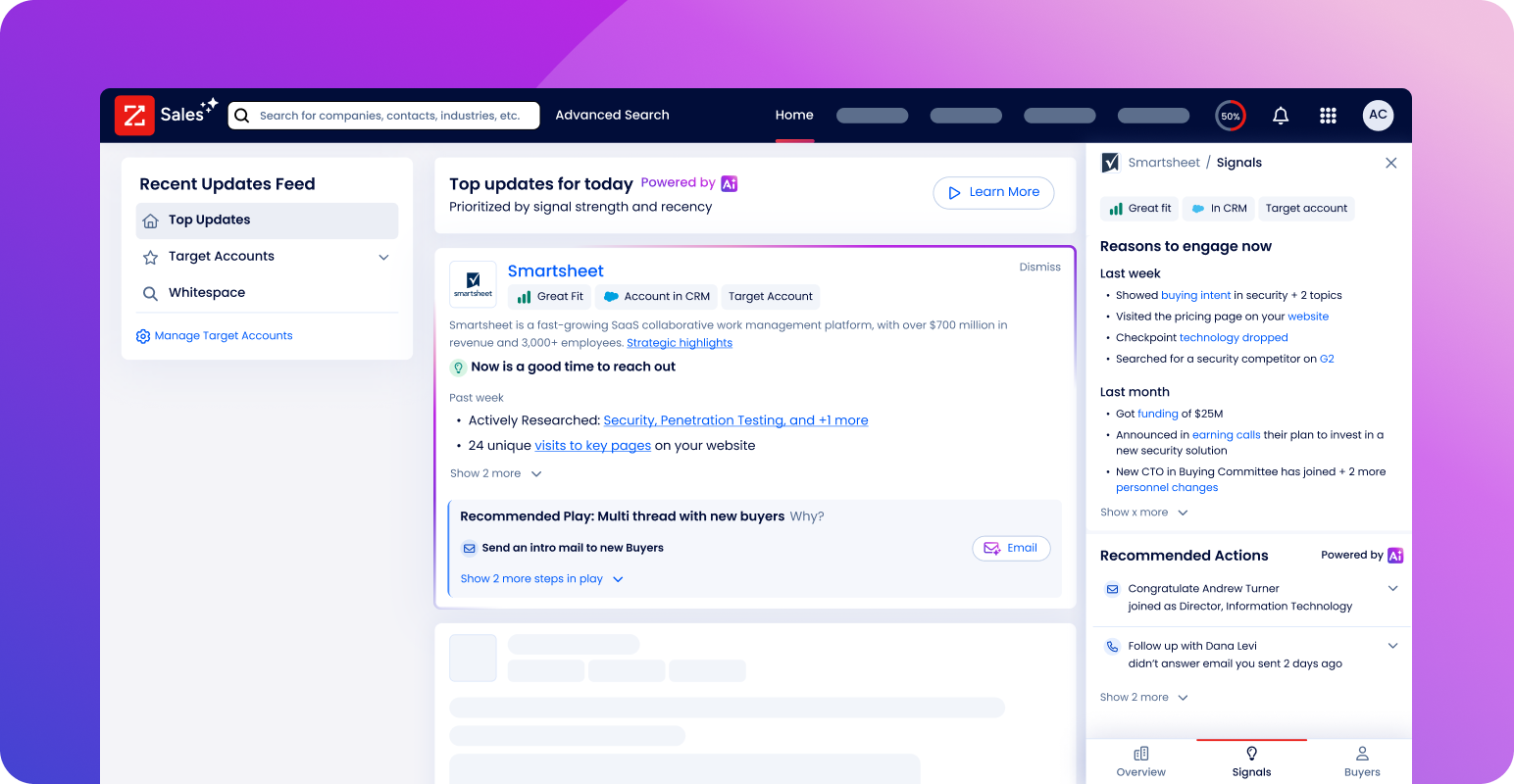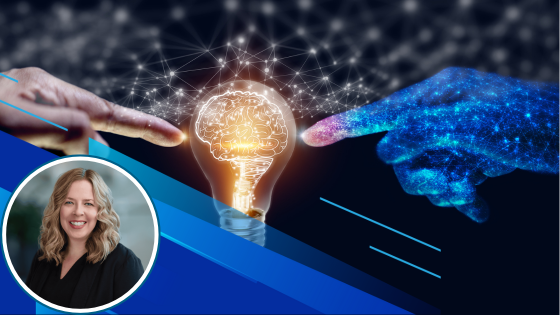The world of B2B commerce is undergoing a profound transformation: Traditional sales models are being disrupted as B2B buyers, especially those from younger generations, are increasingly demanding the same ease, intuition and personalization they’ve grown accustomed to in their consumer experiences.
This shift means B2B companies must urgently adapt, prioritizing the development of self-service digital experiences that cater to the empowered buyer. Let’s dive into the rise of this new B2B customer profile and explore how companies can successfully meet their evolving needs.
More B2B Buyers Are Digital Natives
Much like their B2C counterparts, today’s B2B buyers are more likely to be digital natives. They are often super comfortable navigating technology and, if anything, they expect information to be readily available online and prefer to complete much of the buying process independently. According to Gartner research, modern buyers spend just 17% of their total purchase journey interacting directly with a sales representative. Further, 44% of millennial B2B buyers — a demographic rapidly gaining influence — indicate they prefer no sales rep interaction at all.
What does this trend toward independence mean for businesses? Well, it’s clear B2B digital strategies centered on self-service will come out on top. B2B buyers want to find the information they need, explore product options and make comparisons on their own terms without the pressure of traditional sales tactics.
Key Elements Of A Superior B2B Self-Service Experience
So, what does a self-service digital experience that aligns with these modern expectations look like? Here’s a breakdown of the essentials:
Intuitive Website Design
B2B websites should be user-friendly and easy to navigate — buyers shouldn’t have to struggle to find what they need.
Robust Search Functionality
Search bars aren’t just a nice-to-have: They’re vital. Your platform should offer advanced search capabilities including predictive search, autocomplete and enhanced filtering, but also understand the nuances of the B2B experience.
Personalization
You need to deliver tailored recommendations and content based on the buyer’s past interactions, search history and company profile.
Mobile Optimization
With B2B buyers often working across multiple devices, your digital experience needs to be seamless and responsive on smartphones and tablets, as well as on desktops.
Self-Service Support
Don’t forget about the power of knowledge bases, FAQs and even AI-powered chatbots — these can all provide instant answers to common questions.
The Bottom Line
Today’s B2B buyer wants control. They expect to self-educate, explore options and make informed decisions without the need for constant handholding by a salesperson. Companies that embrace this reality and invest in exceptional self-service digital experiences will be the ones that thrive in the coming years.
This transformation is being fueled by powerful technologies. Of course, the shift is not about eliminating human interaction entirely; there will always be a place for complex deals or when buyers want extra guidance. However, the empowered B2B buyer will increasingly control when and how those interactions occur. Are you ready to meet them where they are?
Linda Topp oversees Lucidworks’ experience optimization and analytics tools, focusing on search merchandising and product discovery strategies for both B2B and B2C. She has a background in product management, business analysis and E-commerce solution development.




